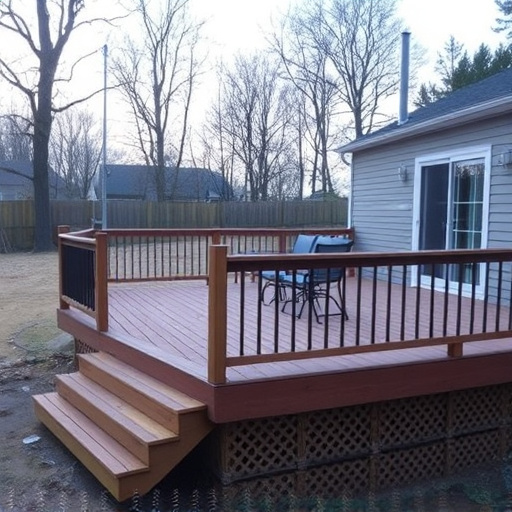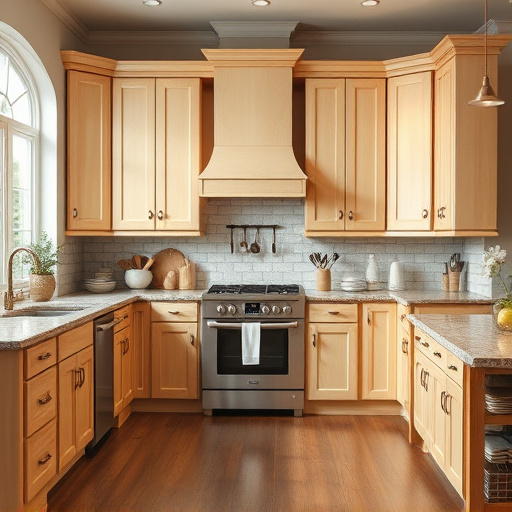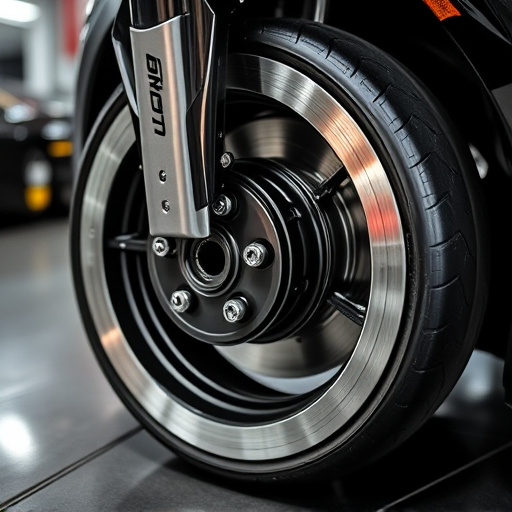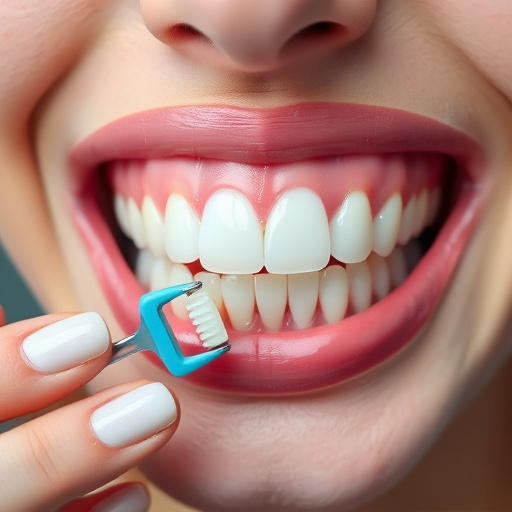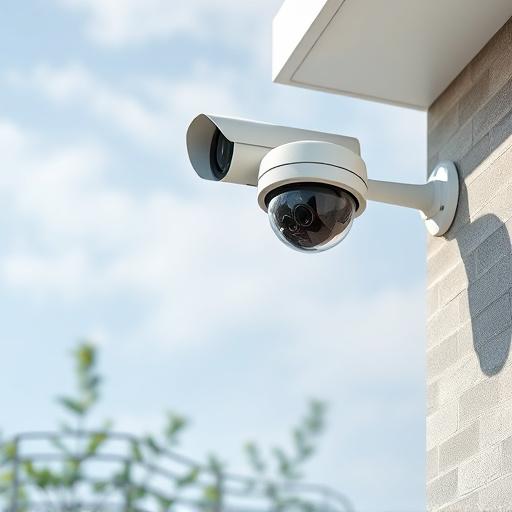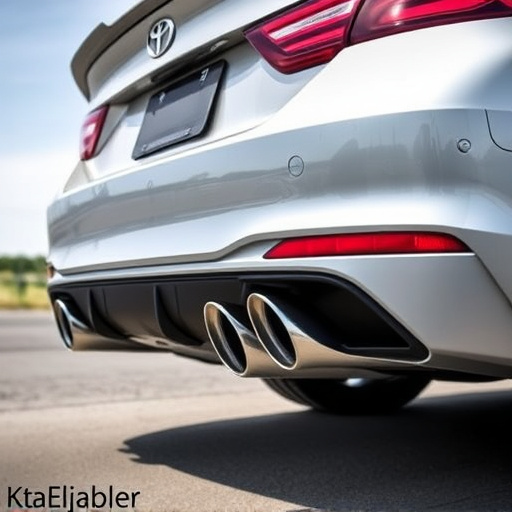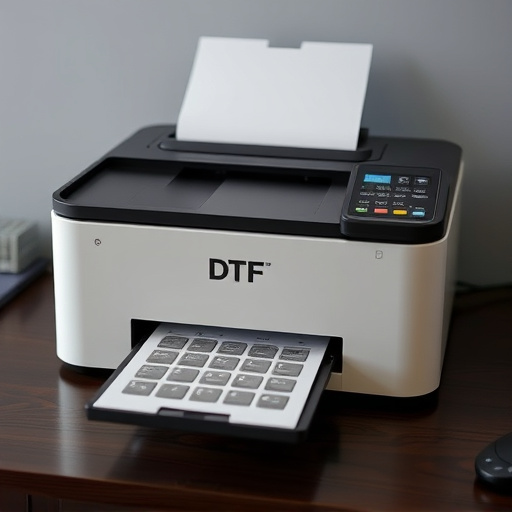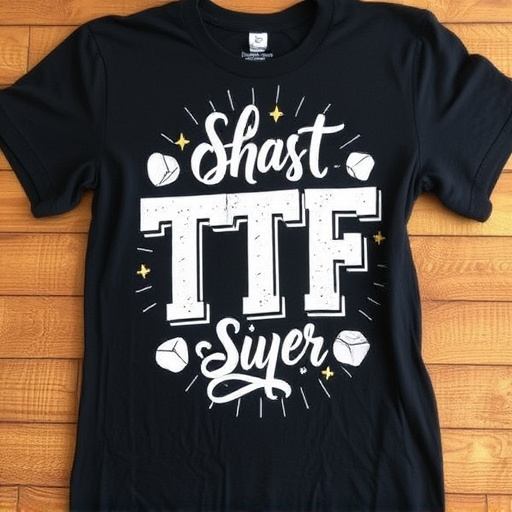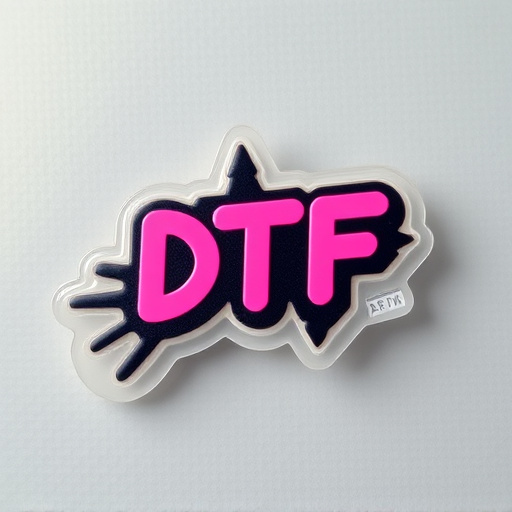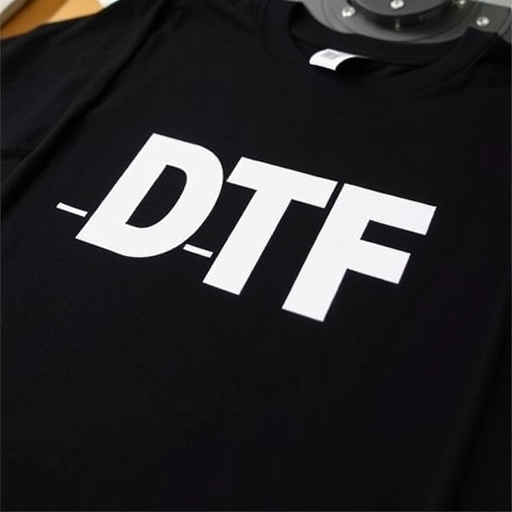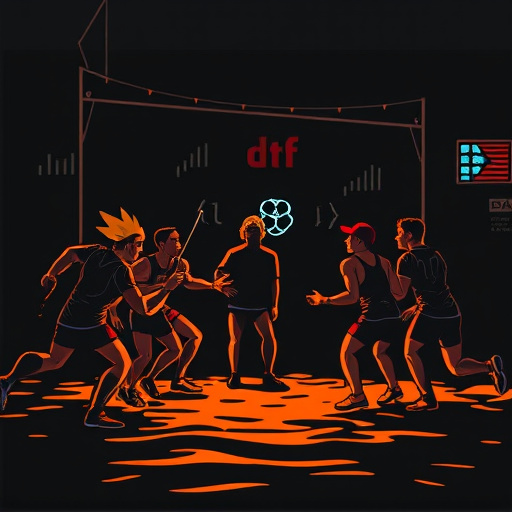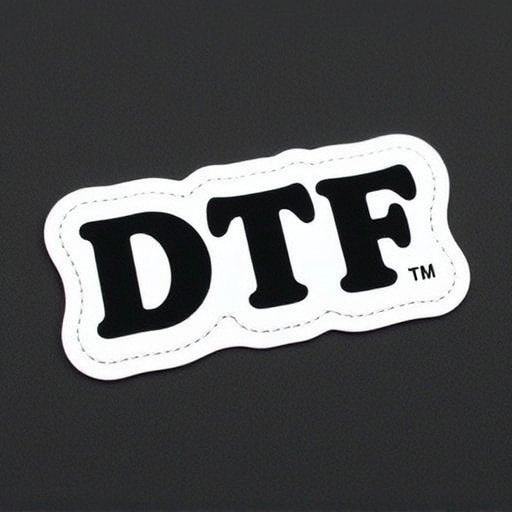DTF transfers require specific heat and pressure conditions for optimal quality. Choosing a heat press involves considering temperature control, press size, speed, and custom protective sheets for consistent prints on various fabrics and garment sizes. Advanced models with digital controls offer precise settings for diverse material types, catering to high-volume production needs and creating professional, unique items like custom t-shirts. The correct heat press is crucial for businesses involved in DTF transfers, enabling them to enhance their printing capabilities and produce impressive logos for clothing brands.
“Unleash your creativity with DTF (Direct-to-Fabric) transfers, a game-changer in the world of custom printing. This article is your guide to choosing the perfect heat press for DTF applications. We’ll first demystify DTF transfers and their unique needs, then explore essential features to look for in a heat press. Subsequently, we’ll dive into a comparison of popular options, helping you navigate this vibrant landscape to select a heat press ready to meet your DTF transfer requirements.”
- Understanding DTF Transfers and Their Requirements
- Key Features to Consider in a Heat Press
- Popular Options for DTF Transfer Heat Presses: A Comparison
Understanding DTF Transfers and Their Requirements
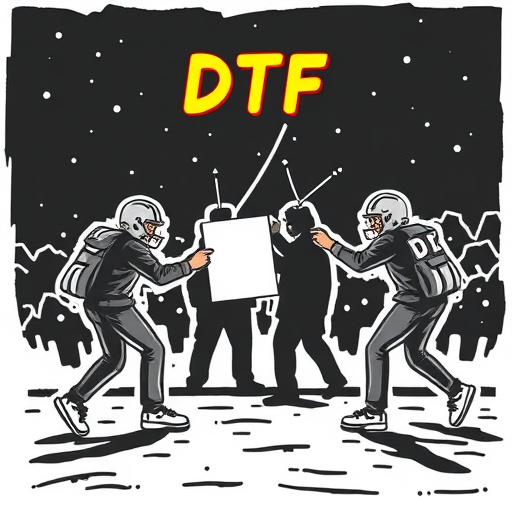
Understanding DTF Transfers and Their Requirements
DTF (Direct to Fabric) transfers are a cutting-edge method for printing intricate designs onto garments with precision and vibrancy. Ready to press, these transfers require specific conditions to achieve optimal results. The process involves applying heat and pressure to fuse the design onto the fabric, making it both durable and washable. Heat presses play a crucial role in this technique, ensuring even heat distribution for consistent prints.
Choosing the right heat press for DTF transfers means considering factors like temperature control, press size (to accommodate various garment sizes), and speed. Additionally, custom sheets designed for heat pressing these delicate designs are essential. These sheets protect the transfer during the process and ensure adherence to the fabric. Whether for dtf printing on t-shirts or other garments, a cold peel DTF transfer system offers convenience by allowing easy removal of the backing after application, streamlining the production process.
Key Features to Consider in a Heat Press
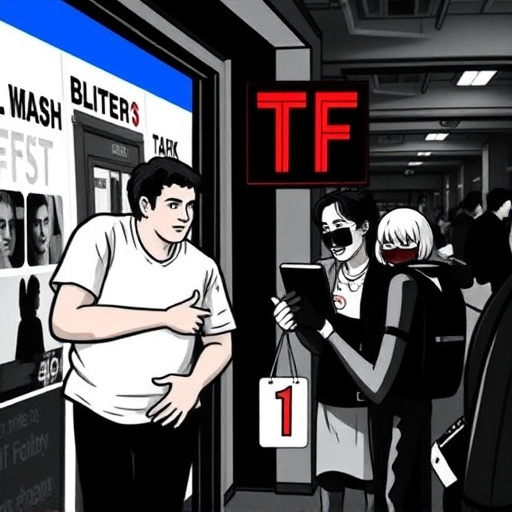
When selecting a heat press for DTF (Direct-to-Fabric) transfers, several key features come into play to ensure optimal performance and quality results. One crucial aspect is the press’s ability to handle various material types. Look for a machine that can accommodate different fabrics, including cotton, polyester, and blended materials commonly used for custom t-shirts and other garments. This versatility allows you to cater to a broader range of clients and projects.
Additionally, consider the heat press’s pressure and temperature control capabilities. Precise adjustments are essential for achieving crisp, high-quality prints on various fabrics. Advanced models often offer digital controls, allowing for exact settings tailored to different DTF transfer sheets and custom sheet types used for heat pressing designs. This level of customization ensures consistent and professional results, making your heat press a reliable tool for creating unique, personalized items like custom t-shirts and accessories.
Popular Options for DTF Transfer Heat Presses: A Comparison
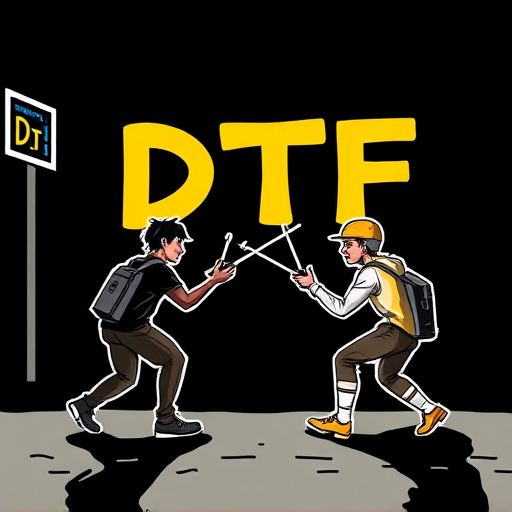
Choosing the right heat press for DTF (Direct-to-Fabric) transfers is a crucial decision for any clothing brand or apparel business looking to elevate their custom printing game. The market offers a plethora of options, each with its unique features and capabilities, catering to various needs and budgets. When it comes to popular choices, two primary types stand out: the manual heat press and the semi-automatic or automatic press.
Manual presses are ideal for small businesses, startups, or hobbyists who print in smaller batches. They are DTF transfer ready, offering precise temperature control and a compact design. On the other hand, semi-automatic and automatic presses cater to larger-scale operations, as they can handle higher production volumes efficiently. These models often include advanced features like digital controls, adjustable pressure settings, and automated plate loading, making them the best DTF printer for apparel brands aiming for speed and consistency in their printing process. With the right heat press, businesses can effortlessly create stunning logos DFT for clothing brands, revolutionizing their approach to custom apparel design and production.
When selecting the ideal heat press for DTF transfers, consider your project’s unique needs. Evaluate key features, compare popular options, and choose a machine that aligns with your requirements for optimal results in creating high-quality, DTF transfer-ready designs. This investment will enable you to efficiently meet demand and deliver exceptional prints, ensuring customer satisfaction.

